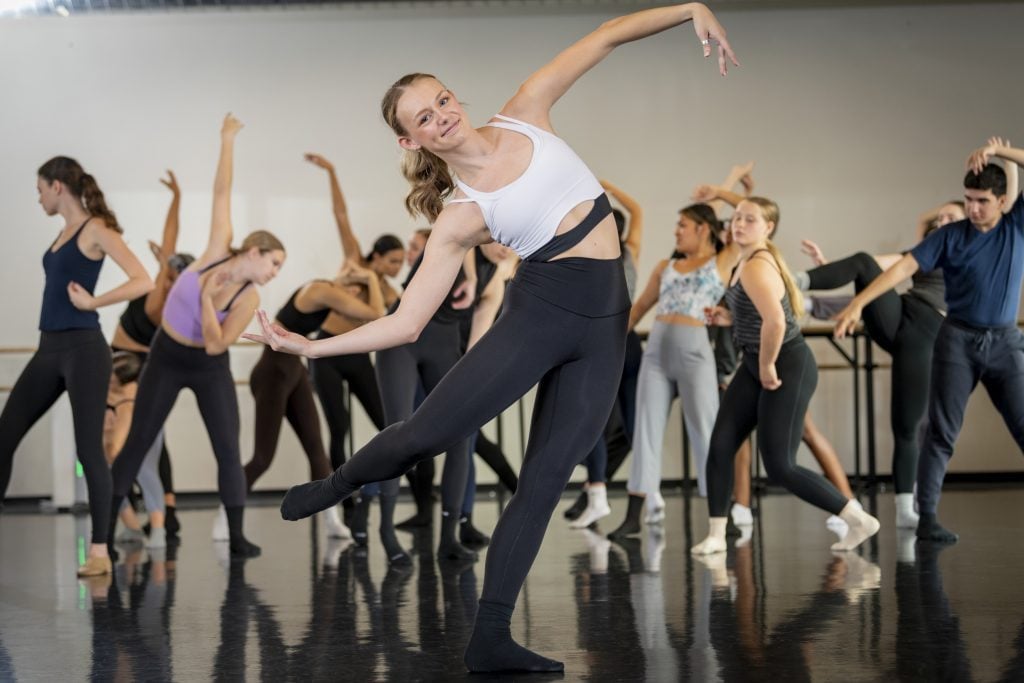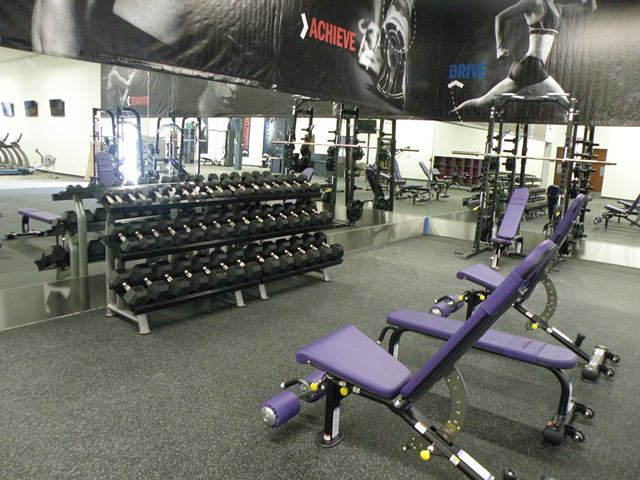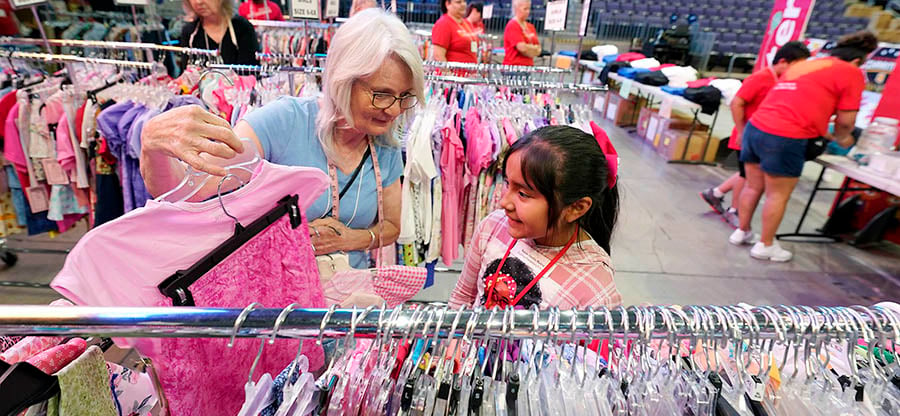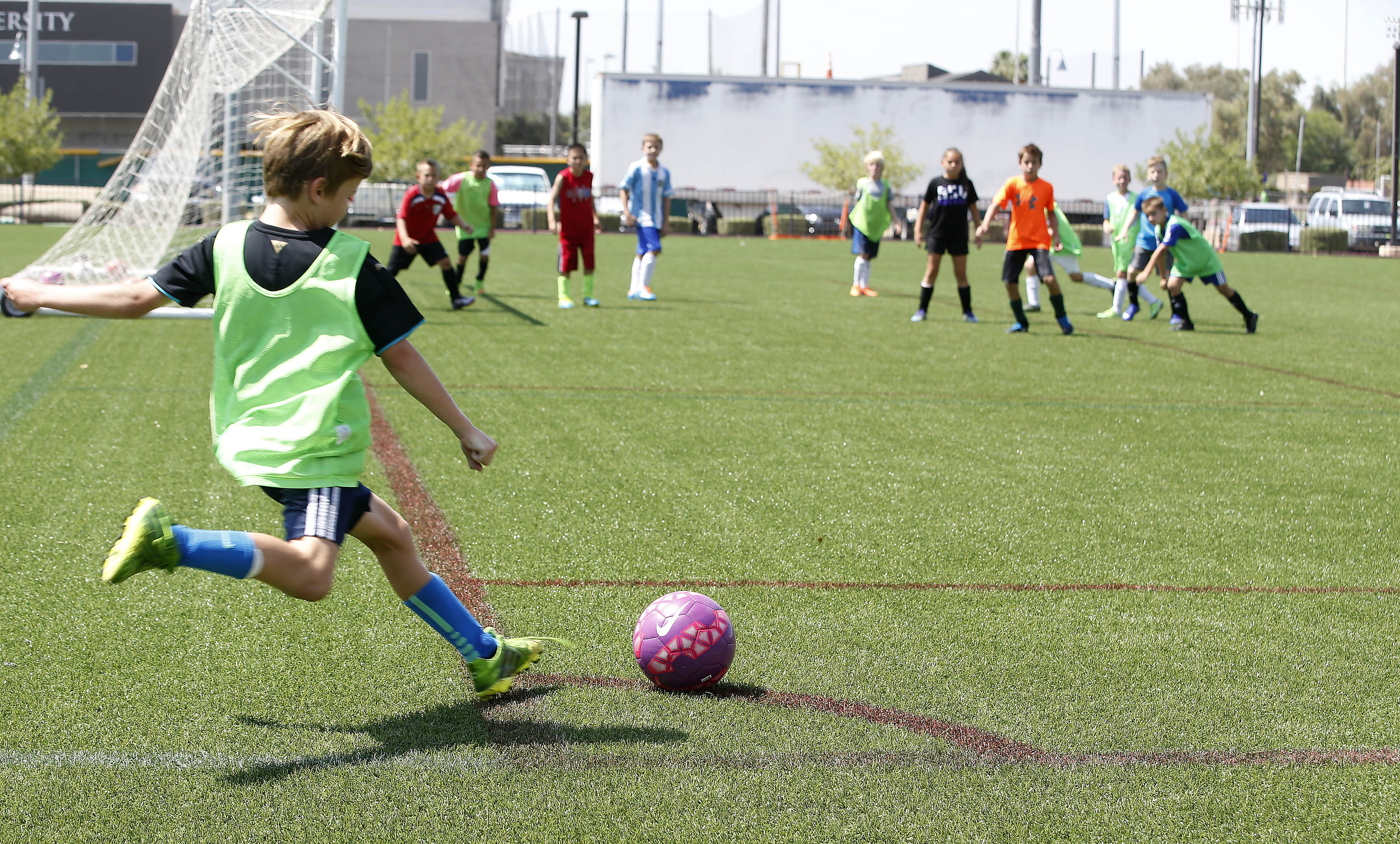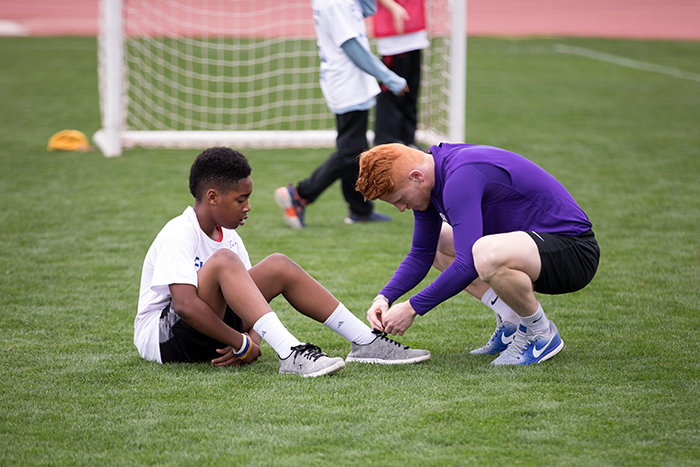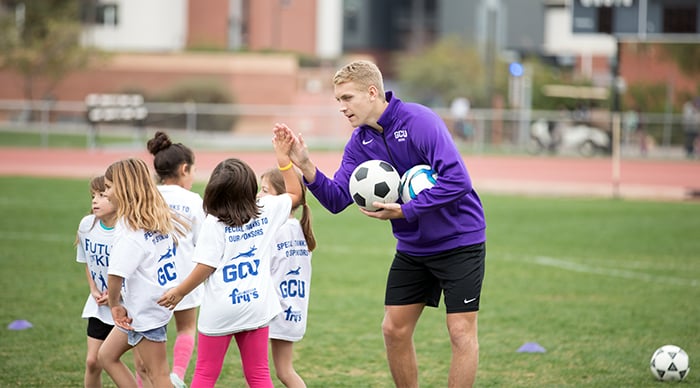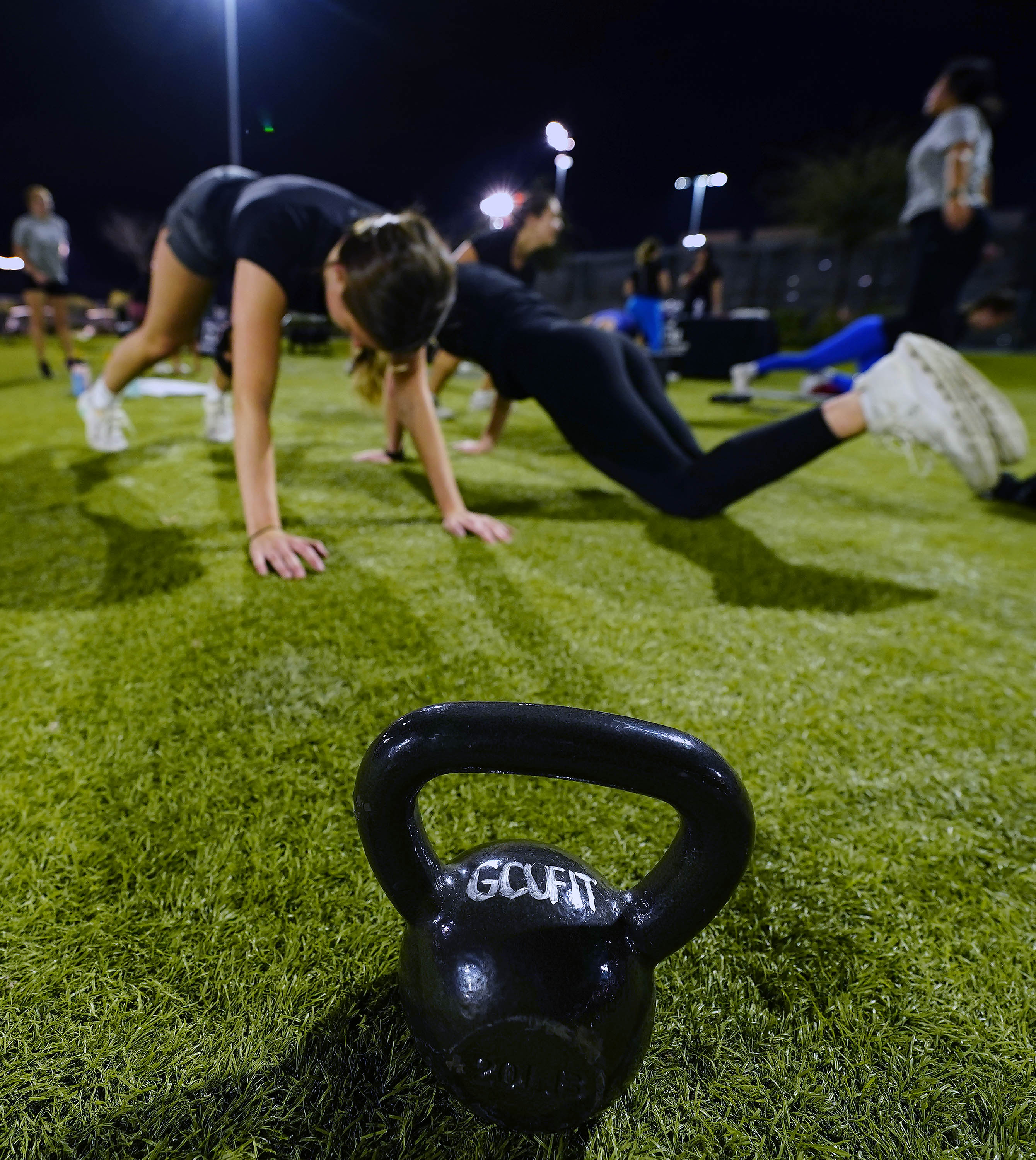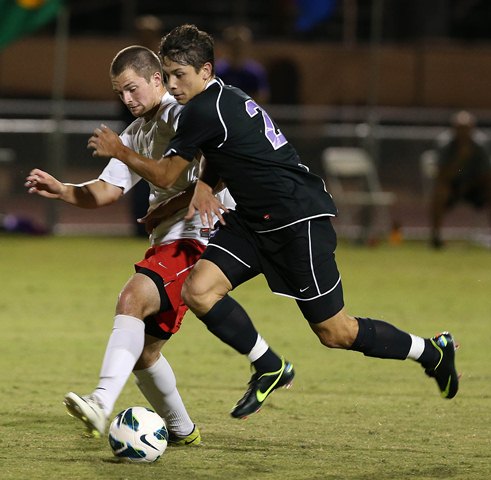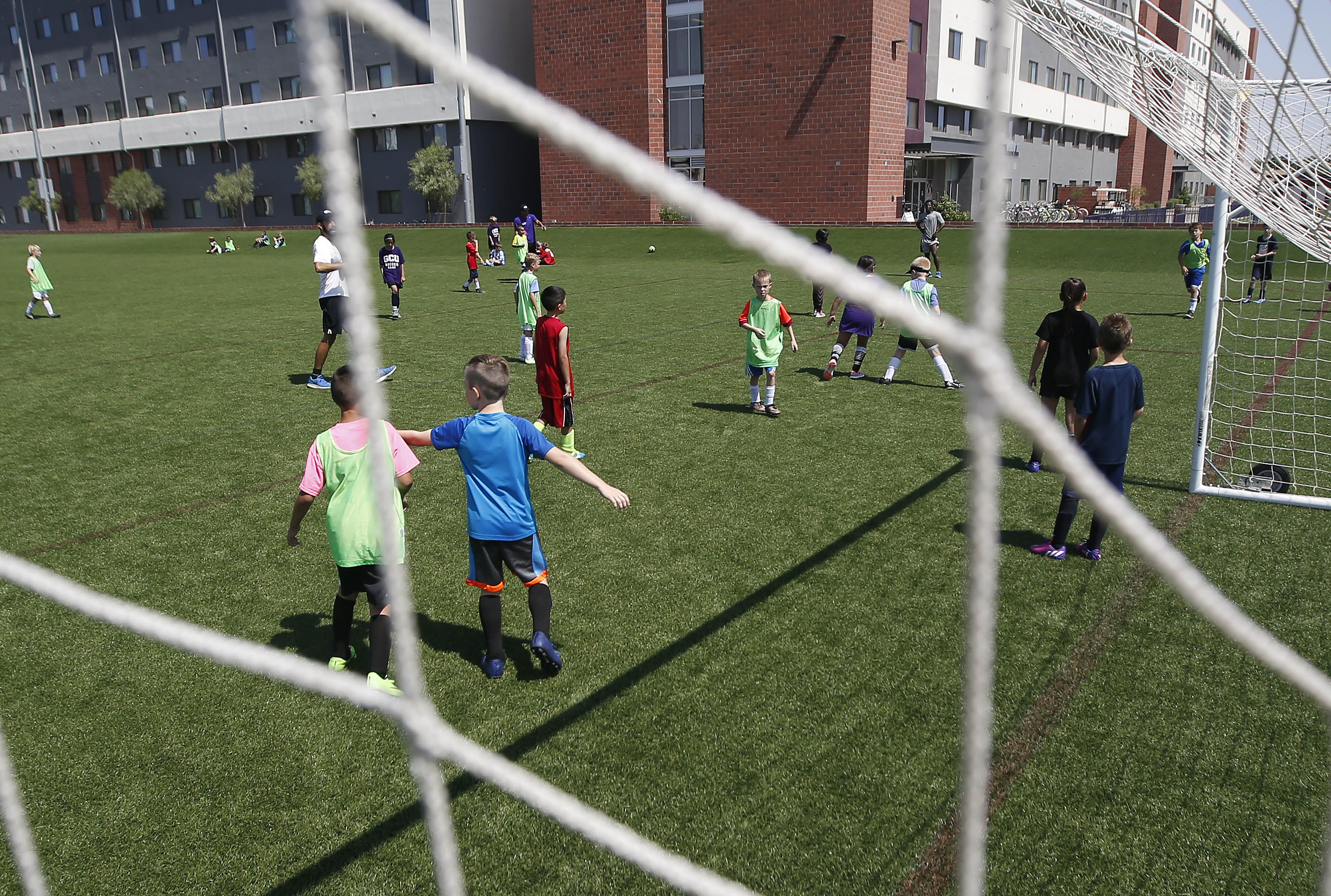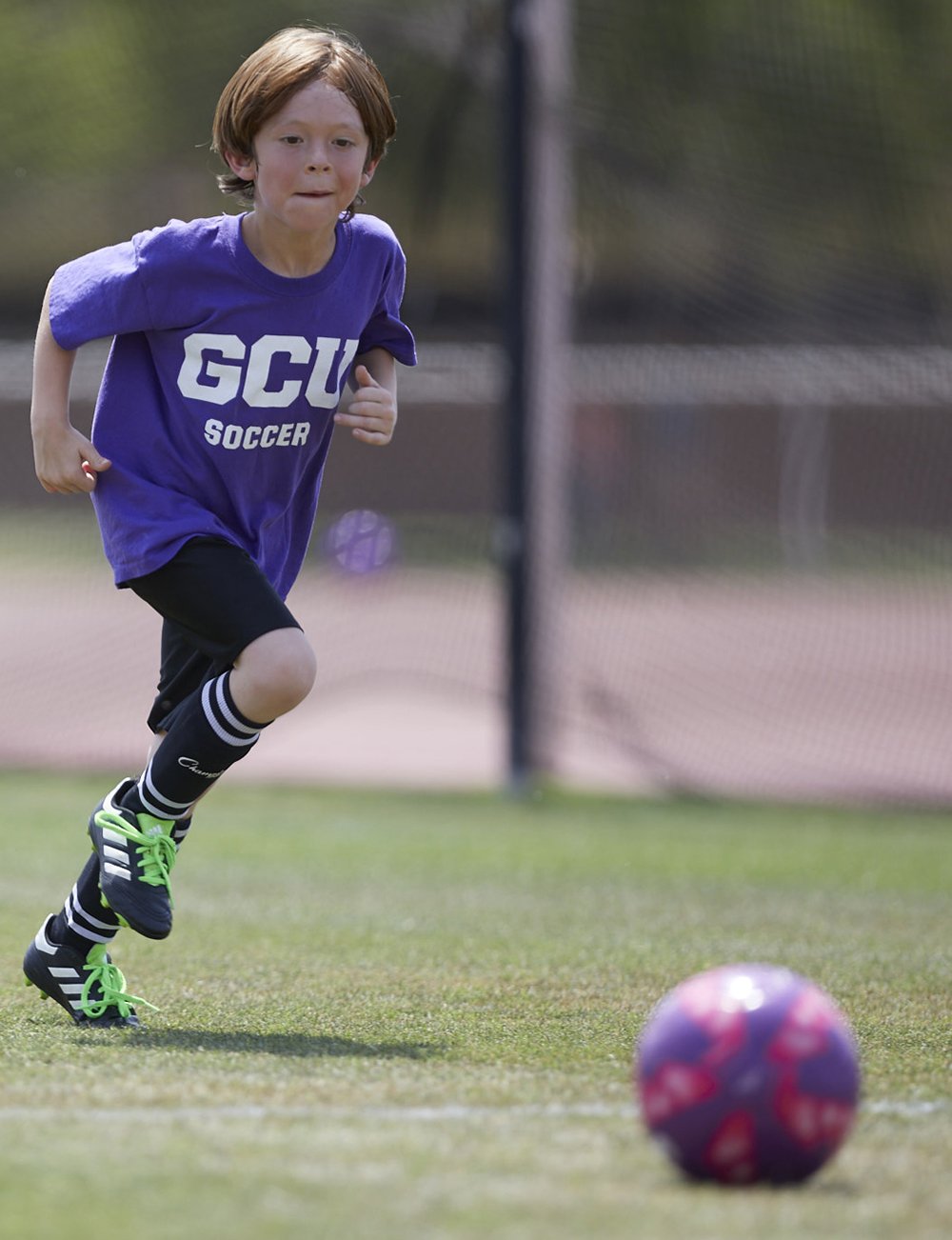
Story by Lana Sweeten-Shults
Photos by Elizabeth Tinajero
GCU News Bureau
It was Kadi Stapleton’s second chance to knock it out of the park.

She focused. Breathed in, breathed out. Breathed in, breathed out. Inhaling the air – all the air – she could. She closed her eyes, then exhaled, pushing out all her breath, as hard as she could, into a plastic tube apparatus wired to a computer.
She wheezed until the last bit of air left her lungs.
“Is that normal to wheeze?” asked Mesa, Ariz.-based emergency room nurse David Kolstad, who completed the same exercise -- the pulmonary function test -- just a few minutes before. Like Stapleton, he wheezed.
“Yes – that’s when you know you’re doing it right,” said John Risi, an instructor in Grand Canyon University’s College of Nursing and Health Care Professions.
He was just one of 15 of the college’s faculty on campus Thursday, along with 28 students, for the FNP Three-Day Experience – a mandatory residency for master’s degree students in the Family Nurse Practitioner program. It was an event that looked a little different this year as the faculty worked hard to make it as COVID-19 safe as possible.

Stapleton’s goal in the pulmonary function test: to blow out all the candles on the virtual birthday cake sitting atop Risi’s desktop, part of a computer program that measures various lung values.
“That hurt,” said Stapleton, a nurse at Phoenix Children’s Hospital who removed the plug from around her nose and acknowledged she has asthma.
At this particular station, students reviewed lung function and dysfunction. They delved into obstructive lung disease (such as COPD) vs. restrictive lung disease (such as asthma). They looked at models of bronchial tubes.
Then they took the pulmonary function test to experience what their patients have to go through.
It was just one of a slew of primary care skills stations that students rotated through on Thursday. Besides evaluating lung function, they also refined their skills in breast, pelvic, rectal and ears-nose-and-throat examinations, as well as learned about heart and lung sounds.
Day two of the residency focuses on lectures, from coding and billing to apps and time management, management of chronic conditions and radiology interpretation. All are key components for anyone entering the clinical setting as an advanced practice registered nurse.
Day three includes orthopedics, suturing and wound care clinics.
These three-day experiences are required of FNP and Acute Care Nurse Practitioner master’s students before they start their clinicals, when they head out of the classroom and into a real-world healthcare setting, such as a primary care office, urgent care or hospital. The experiences are conducted three times a year on campus, once in the fall, once in the spring and once in the summer.
This summer, the ACNP residencies took place earlier this month, and the FNP residencies were scheduled for the last two weeks of June.

Assistant Professor Stephanie Herrick Kays, the college’s Graduate Simulation Coordinator, said she was happy these residencies could happen on-site and in-person this summer, considering the current health climate (the college’s end-of-program residencies in May, which focused on lectures rather than hands-on skills, were done by webinar).
“There were some discussions of, would this even be able to be offered?” Herrick Kays said from the first floor of the Natural Sciences Building.
If they were offered, would students feel safe enough to attend? And would they be able to attend in the middle of a global pandemic, when nurses are so desperately needed in hospitals?
“My students are practicing nurses, so they’re on the front lines already,” Herrick Kays said. “When we offered this, we weren’t sure what to expect.”
The faculty was surprised when, “Most of the students said, ‘I’ll still be there,'” including students from New Mexico. That state is recommending that those who travel out of state self-isolate upon their return.
“The students who chose to be here from New Mexico knew that afterward they could be in quarantine," Herrick Kays said.
Even as the world seems to be balancing so precariously, nurses are still dedicated, still full of resolve to help. So the faculty of the College of Nursing and Health Care Professions resolved to do the same – be there for their students and remain dedicated to them.

That meant making a lot of changes to the residencies – changes (at least some of them) that may be a precursor to what classrooms may look like in the fall.
Students and faculty could not participate in the workshops unless they were free of symptoms and COVID-19. They had to agree to temperature checks and attest that they were symptom-free each day. Students also received GCU face masks, face shields and LLRs (3D-printed masks similar to the N95's that the College of Science, Engineering and Technology created).
In Classroom 105 in the Natural Sciences Building, which was the residency base camp, hand sanitizer, disinfectant and paper towels are everywhere.
Beyond that, students who might usually occupy just one classroom at these residencies are now spread out over several, and within those classrooms, they sit 6 feet apart to comply with Centers for Disease Control and Prevention recommendations.
“We literally had tape measures out because we wanted to make sure we were doing 6 feet – 6 feet in front and 6 feet behind,” Herrick Kays said. "My FNP team and my ACNP team, we came in one day before all this started and we measured everything out so we could keep that 6 feet of separation.”
One room is set up with a webcam to broadcast lectures so that students in every room can see the speaker on a screen, and faculty are assigned to each room so students have someone to turn to if they have questions.
Another thing that is different in these residencies is that they don’t include standardized patients – actors who take on roles as patients or family members in various medical scenarios. A lot of the standardized patients that work with the college fall into the vulnerable population category, Herrick Kays said. The hope is to bring them back in the fall.
Mike Zivanov of Gold Canyon, Ariz., didn’t hesitate coming to campus to continue his master’s degree studies.
“I feel like they’ve done enough to help keep people safe,” said Zivanov, who donned a face mask and face shield before entering one of the skills stations.

He worked in retail management until six years ago, when he decided to start a second career as a nurse.
“I always seemed to be the one in the family to do things for other people,” he said. Like so many in his profession, becoming a nurse “just always felt like a calling to me.”
Stapleton said it’s a blessing that she and the other nurses in her cohort are able to complete their residencies, even during the pandemic.
“We’re so close to being done,” she said, and thought the staff did a good job of implementing changes so the class could continue in their program.
She loved doing the skills stations because “you get to be hands-on,” she said, and they helped her review information she had learned in class.
Why nursing?
“I wanted to make a difference,” she said.
“I’m really proud of the students, because I didn’t know how much fear there was until we had students tell us about the fears a lot of them overcame to be here,” Herrick Kays said. “I had one student last week pull me aside and looked at me and just said, ‘I want to thank you from the bottom of my heart.’ She said, ‘I was so scared, but I feel safe. You guys have done everything to make me feel safe.’”
She is thankful for the college’s leadership, too – Dean Dr. Lisa Smith and Associate Dean Dr. Tamara Wisely – who supported the team the entire way.
“We were able to make it work, which is huge. We overcame a lot,” Herrick Kays said.
GCU senior writer Lana Sweeten-Shults can be reached at [email protected] or at 602-639-7901.
****
Related content:
GCU Today: No hospital? No problem: Nursing students go virtual
GCU Today: Strong exam scores a shot in the arm for GCU nursing
GCU Today: Health-care team serves Special Olympics athletes
GCU Today: GCU, GCE work to alleviate nursing shortage

